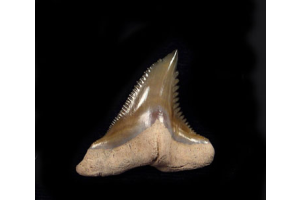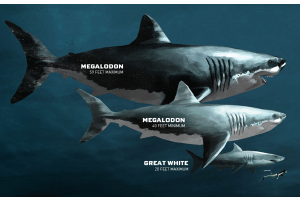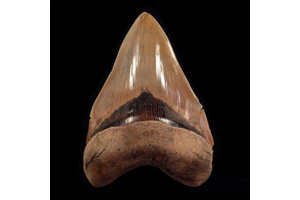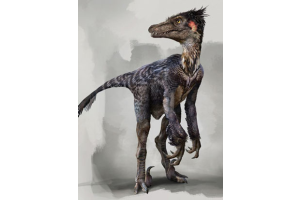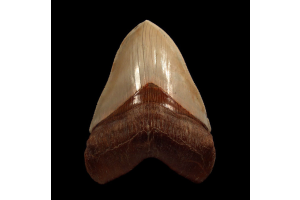Sharks are considered as the barbaric hunters of the ocean. Among all, the great white shark is known as the apex predator that rarely misses the intended prey. Although, we all have seen their nature and appetite for human preys in many Hollywood movies, in fact, they don’t deserve the reputation of hunting humans. Today, a number of researchers are studying the behavior and natural habits of great whites. Great whites are popular for their powerful jaws and rows of serrated teeth. However, their large size may have made them vulnerable to extinction and today we have added a huge number of fossilized great white shark tooth collected from various parts of the world.
Hunting strategy:
The hunting strategies of Great Whites were quite amazing. They were very sneaky and active. They used basic instincts, like hunger and survival to grab their prey successfully. Hunger drives them to be quick. In some cases, they hide their body to surprise a prey. Great whites used to hunt sea lions, seals, etc. and they hardly try humans.
The next strategy involves, waiting for loners to reach the death zone. Once a prey enters the Great White’s territory, it uses the element of surprise and sneaks up from underneath at a high speed. It is the lonely shark that uses breaching.
After a huge meal, Great Whites can go weeks, even up to months without taking another meal. They do not chew their food; rather they swallow the whole body followed by a slow digestion process.
This species is now extinct, but their fossilized teeth are now available as a memento of remembrance. We have added a huge number of teeth collected from Chile, North Carolina, Peru, and South Carolina.
We also have the fossilized teeth of another predator, the Megalodon, the biggest shark to ever prowl the ocean. Check out our Megalodon shark teeth collection now.






